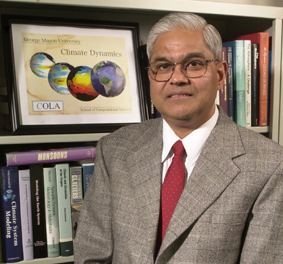What does an extraterrestrial whirlwind sound like?

When the Perseverance rover successfully landed on Mars in February 2021, it marked the beginning of its tasks, which included looking for signs of past Martian microbial life, cache rock, and soil samples for future return to Earth. While the rover is still at it, it has provided for another first already. Based on data provided by Perseverance, scientists have made the first-ever audio recording of an extraterrestrial whirlwind.
Not always on
The Perseverance rover is equipped with what is the first working microphone on the Martian surface. This microphone, however, is not on continuously. Far from it, in reality. This microphone records for about three minutes every couple of days.
This is partly the reason why it has taken this long to get the whirlwind recording, despite the fact that the rover landed in the Jezero where there's been evidence of nearly 100 dust devils, or tiny tornadoes of dust and grit, since Perseverance landed.
This was the first time that the rover’s microphone was on when one of these dust devils passed over the rovers. While there is definitely an element of luck, it wasn't entirely unexpected as it was only a matter of time before the microphone was on at the right time.
"The Martian” might not happen
Taken along with air pressure readings and time-lapse photography, the sound recording of the dust devil will help scientists understand Mars atmosphere and weather conditions better. The information gathered has already suggested that future astronauts on the Martian surface would not have to worry about gale-force winds blowing down antennas or habitats, as popularised by The Martian, the book and the movie of the same name.
In fact, there is reason to believe that the winds might have certain benefits. Scientists believe that the winds blowing grit off the solar panels of other rovers like Opportunity and Spirit might well be the reason why they lasted so much longer. Similarly, the lack of such winds and dust devils in the Elysium Planitia where the Insight mission landed could be a factor as to why that mission's operational period was planned to end in December 2022.
Picture Credit : google



